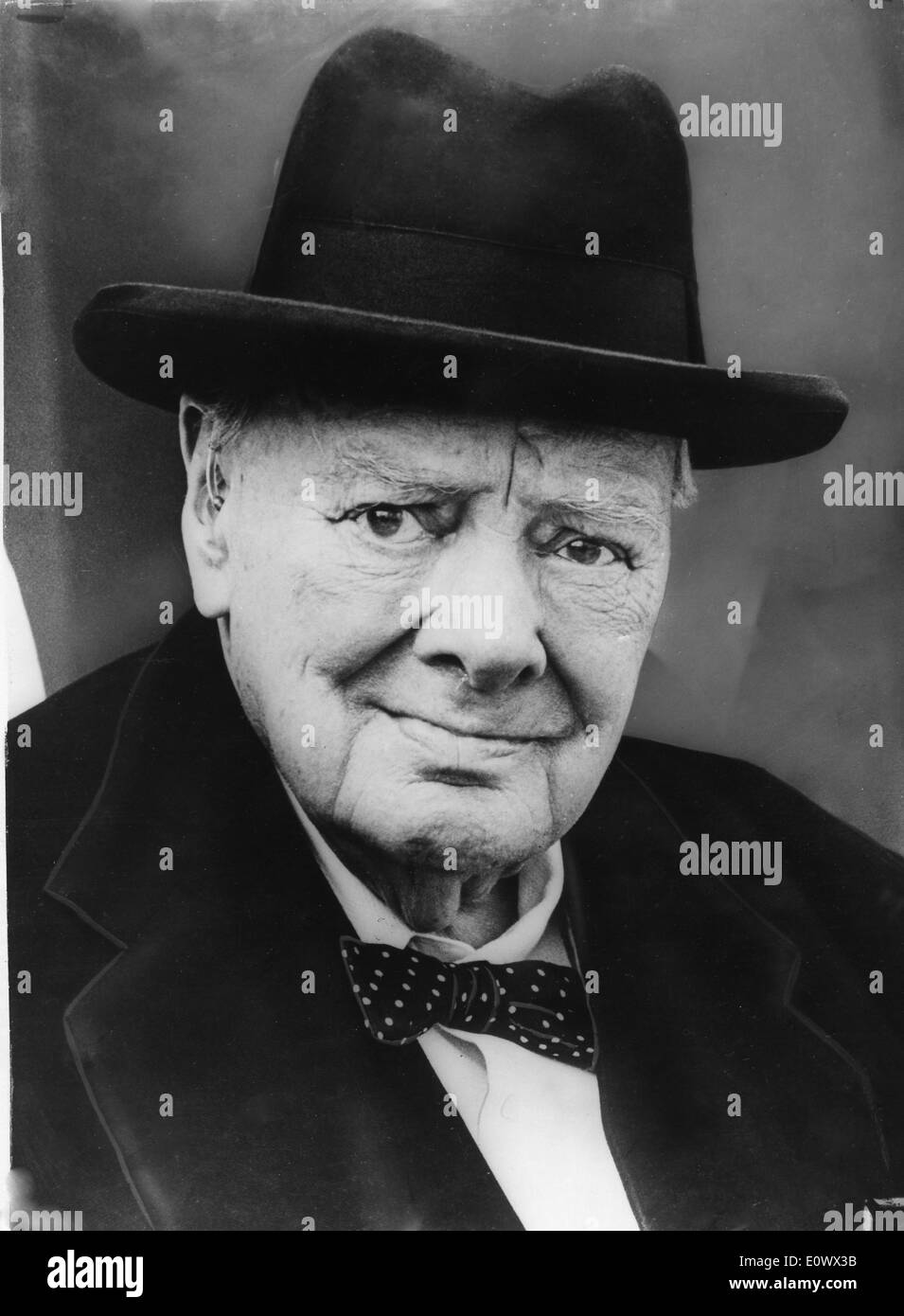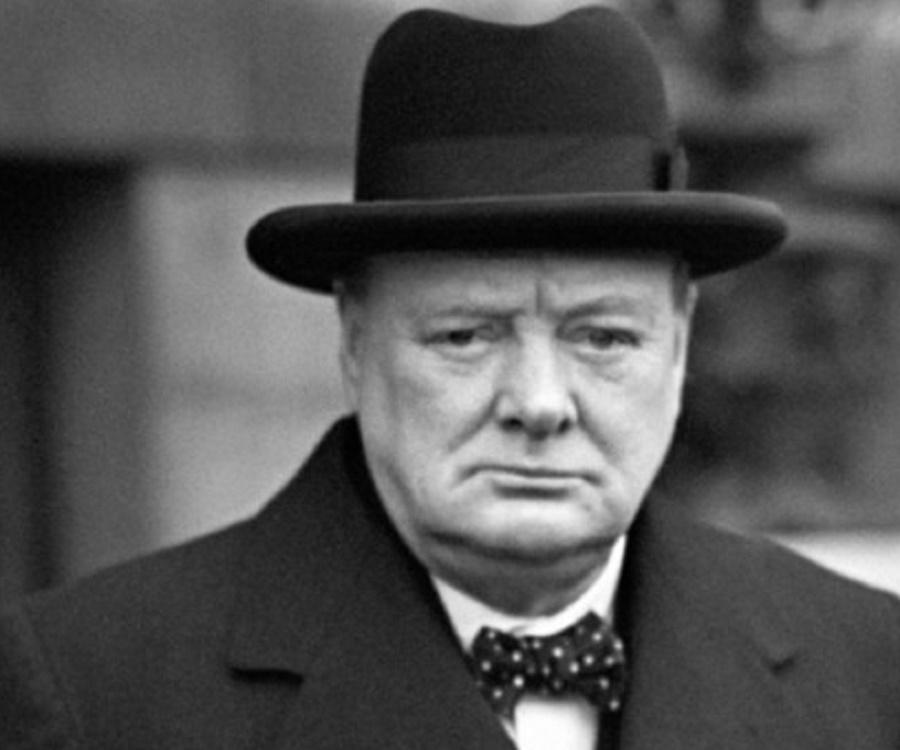
“Painting came to my rescue in a most trying time,” Churchill would later write in the 1920s, in essays that would become a small book, Painting as a Pastime. Winston Spencer Churchill, born at Blenheim Palace in 1874, always held a special affection for his birthplace and was a regular visitor to the UNESCO World Heritage Site, which was the inspiration behind a lot of his works. Works include: ‘Marrakech’, ‘Coast Scene on the Riviera’ and ‘Boat in Cannes Harbour’. The main works are oil on canvas impressionist inspired landscapes, painted whilst Churchill was on holiday in the South of France and Morocco. In 1955, he retired as prime minister but remained in Parliament until 1964, the year before his death.The exhibition, Art and the Churchill Family, will open on 10th February and will run until 22nd April 2019.Īt the exhibition, visitors will have a unique opportunity to view a collection of Churchill’s original paintings that will be on display in the Long Library.Ī lover of art and a talented artist himself, Churchill spent much time painting the vistas of the Palace, along with inspiring places that he visited during his lifetime. Two years later, he was knighted by Queen Elizabeth II and awarded the Nobel Prize in Literature for his six-volume historical study of World War II and for his political speeches. He became leader of the opposition and in 1951 was again elected prime minister. In July 1945, 10 weeks after Germany’s defeat, his Conservative government suffered an electoral loss against Clement Attlee’s Labour Party, and Churchill resigned as prime minister. READ MORE: FDR, Churchill and Stalin: Inside Their Uneasy WWII Alliance Roosevelt and Joseph Stalin into an alliance that eventually crushed the Axis. In the first year of his administration, Britain stood alone against Nazi Germany, but Churchill promised his country and the world that the British people would “never surrender.” He rallied the British people to a resolute resistance and expertly orchestrated Franklin D. Out of office from 1929 to 1939, Churchill issued unheeded warnings of the threat of German and Japanese aggression.Īfter the outbreak of World War II in Europe, Churchill was called back to his post as First Lord of the Admiralty and eight months later replaced the ineffectual Neville Chamberlain as prime minister of a new coalition government. From 1919 to 1921, he was secretary of state for war and in 1924 returned to the Conservative Party, where two years later he played a leading role in the defeat of the General Strike of 1926.

However, in 1917, he returned to politics as a cabinet member in the Liberal government of Lloyd George. He resigned and volunteered to command an infantry battalion in France.

In 1915, in the second year of World War I, Churchill was held responsible for the disastrous Dardanelles and Gallipoli campaigns, and he was excluded from the war coalition government. In 1904, he joined the Liberals, serving in a number of important posts before being appointed Britain’s First Lord of the Admiralty in 1911, where he worked to bring the British navy to a readiness for the war he foresaw. In 1899, he resigned his commission to concentrate on his literary and political career and in 1900 was elected to Parliament as a Conservative MP from Oldham. During the next five years, he enjoyed an illustrious military career, serving in India, the Sudan, and South Africa, and distinguishing himself several times in battle. Winston Leonard Spencer Churchill, the British leader who guided Great Britain and the Allies through the crisis of World War II, is born at Blenheim Palace in Oxfordshire, England.Ĭhurchill came from a prestigious family with a long history of military service and joined the British Fourth Hussars upon his father’s death in 1895.


 0 kommentar(er)
0 kommentar(er)
